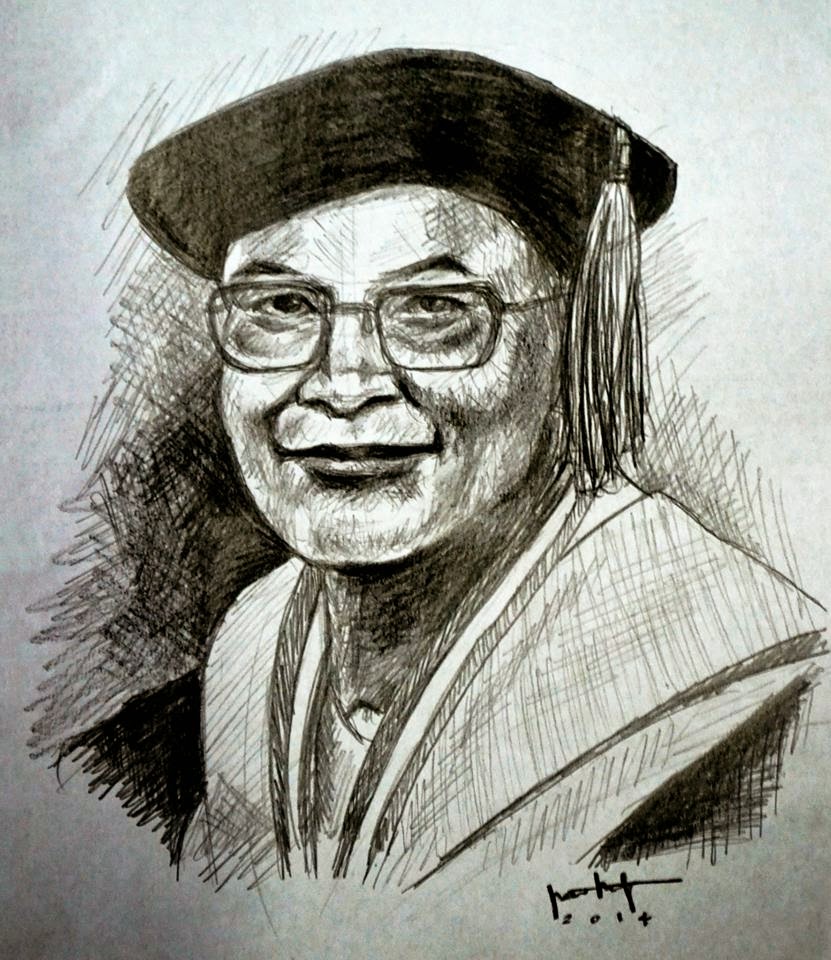Jonathan Rod S. De Guzman
STS X2 Group 5 Mai-team
Reaction Paper 1: Inception
I have a
riddle.
The movie Inception talks about a very communal thing
among all of humankind—dreams. One of the least understood human sensations—dreaming—was
attempted to be recreated on the big screen by Inception. In my opinion, the
movie recreated the dream experience as accurate as possible. The transition
between the real world and the dream world is very realistic and the portrayal
of the beginning of each dream is exactly what all of us experience. Once we
dream, we almost always end up right in the middle of a situation without a
background story whatsoever but we always end up passing everything off as
reality unless, of course, if we are experiencing lucid dream.
I believe that there is still much to be learned from
the art and science of dreaming and that humanity is yet to maximize its full
potential. Understanding the subconscious will be like and even more
significant than uncovering the mystery of the depths of the oceans and seas—a
venture into oblivion, an adventure into the unknown. Unveiling the mysteries
of the subconscious may lead to more precise and accurate representation of the
human psyche and it may also unlock the key to harnessing the full potential of
the human mind.
You’re waiting
for a train. A train that will take you far away. You know where you hope this
train will take you. But you don’t know for sure. But it doesn’t matter. How
can it not matter?
Because you’ll
be together.
Reaction Paper 2: ICT
37,602,976
internet users. 14th most in the world. 106,987,098 mobile phone
users, 94 million people. 12th most in the world.
The national ICT consumer pool is exponentially
increasing while the ICT infrastructure has remained stagnant and maybe even degrading.
Our national policymakers are uninformed and uneducated about the uses and
advantages of ICT thereby creating weak and, frankly, head-scratching laws and
policies that hinder the potential of ICT and the merits of ICT use, one of
which is the Cybercrime Prevention Act. Lack of regulation and to an extent
even connivance of private entrepreneurs with government result in lack of
competition and monopolistic and oligarchic tendencies among the main
‘competitors’ of ICT utilities.
The state of
ICT the country is horrific and sadly, the future of ICT looks bleak; this is
mostly due to the government’s incompetence and hubris. One thing we can do is
to fight for our rights as citizens, as netizens, as techies, and even as
non-techies alike.




